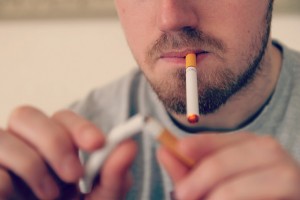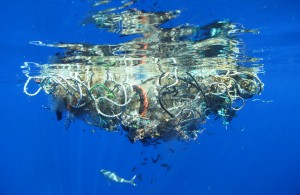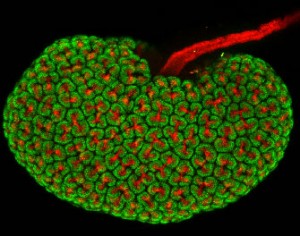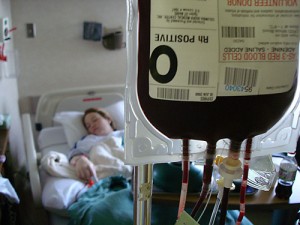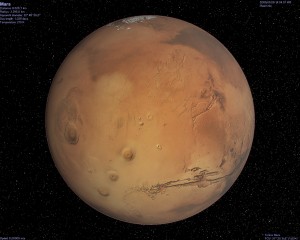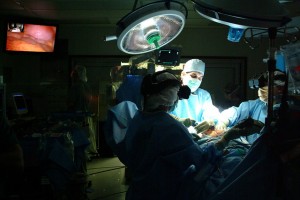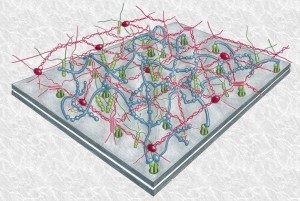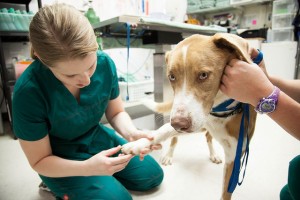Personally, I have taken many supplements from multivitamins to fish oils and everything in between. However, I have not taken any supplements for about a year now, and honestly I have not noticed any decline in my energy or in my overall health — one of the main claims of supplements. In fact, I have felt better ever since I stopped taking any kind of supplement and focused more on a well balanced diet. This leaves me with the question, did supplements even have a beneficial effect on my health in the first place?
Lets take a look at Fortmann and his colleagues who looked at the effect of vitamins on adults with no nutritional deficiencies. After reviewing three trails of multivitamin studies and 24 trails of single or paired vitamins randomly assigned to more than 400,000 participants they concluded there was no clear evidence of a beneficial effect of the supplements on the participants health. According to Health Canada the majority of Canadians consume most micronutrients in adequate amounts, however, magnesium, calcium, vitamin A, and vitamin D were the nutrients most likely to have an inadequate intake. This does not mean we should be running out to get a multivitamin, for example Centrum for Men™ contains 23 vitamins and minerals, that is just a ‘few’ more than the four most Canadians lack. Instead if we vary our diet we can incorporate all the vitamins and minerals we lack without having to spend any extra money on a multivitamin that may be doing more harm than good.
IFLScience reviewed a study showing that supplements send about 23,000 people to the emergency room each year in the U.S. and about 10% of those visits result in hospitalizations. Weight loss and energy boosting supplements were the main cause for the visits, and the most common visitors were the elderly. Of course this is just a sliver of the amount of people taking supplements every year, but what this number reminds us is that supplements are not required to undergo safety testing or FDA approval thus, they may interact with prescriptions the individual is already taking and cause a negative effect leading to these hospital visits. As well they may just cause the less intense normal side effects which do not require hospital visits but are still quite uncomfortable, some are pictured below.
Finally, I would like to leave with the notion that we do not need supplements. If we eat a well balanced diet and get outside for our vitamin D we do not need to take a ‘magic pill’ to increase our vitamin and mineral intakes. Of course this notion is only meant for people whom have a healthy record, meaning I would advise people to only take supplements when recommended by their health care professional due to an adverse health condition they may have.
By: Mathew Golf





